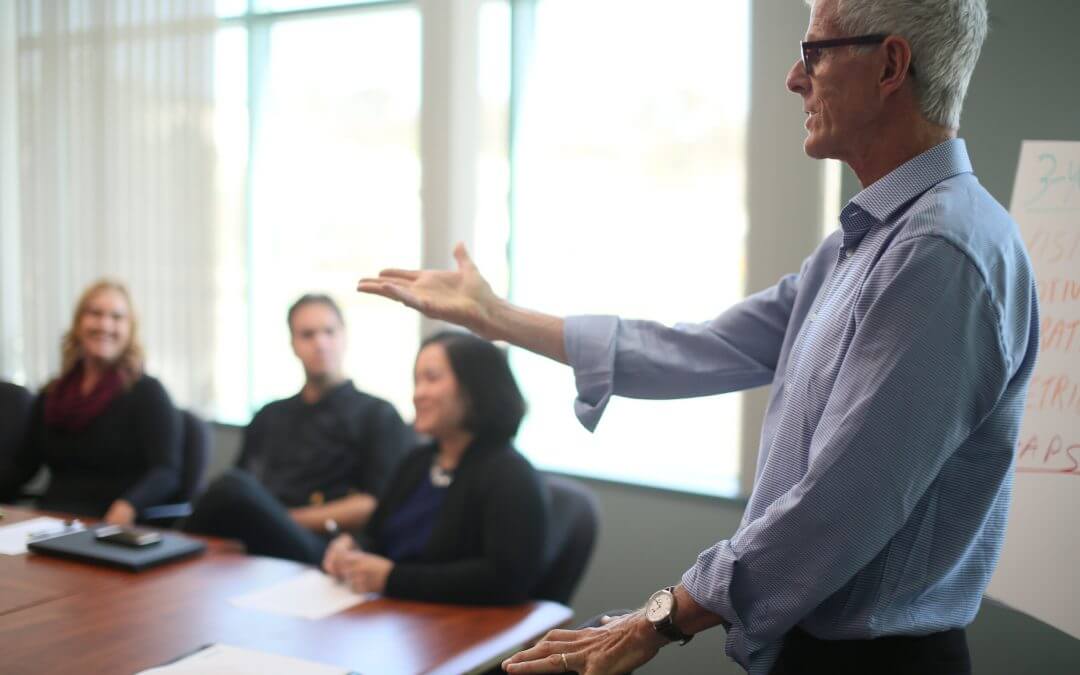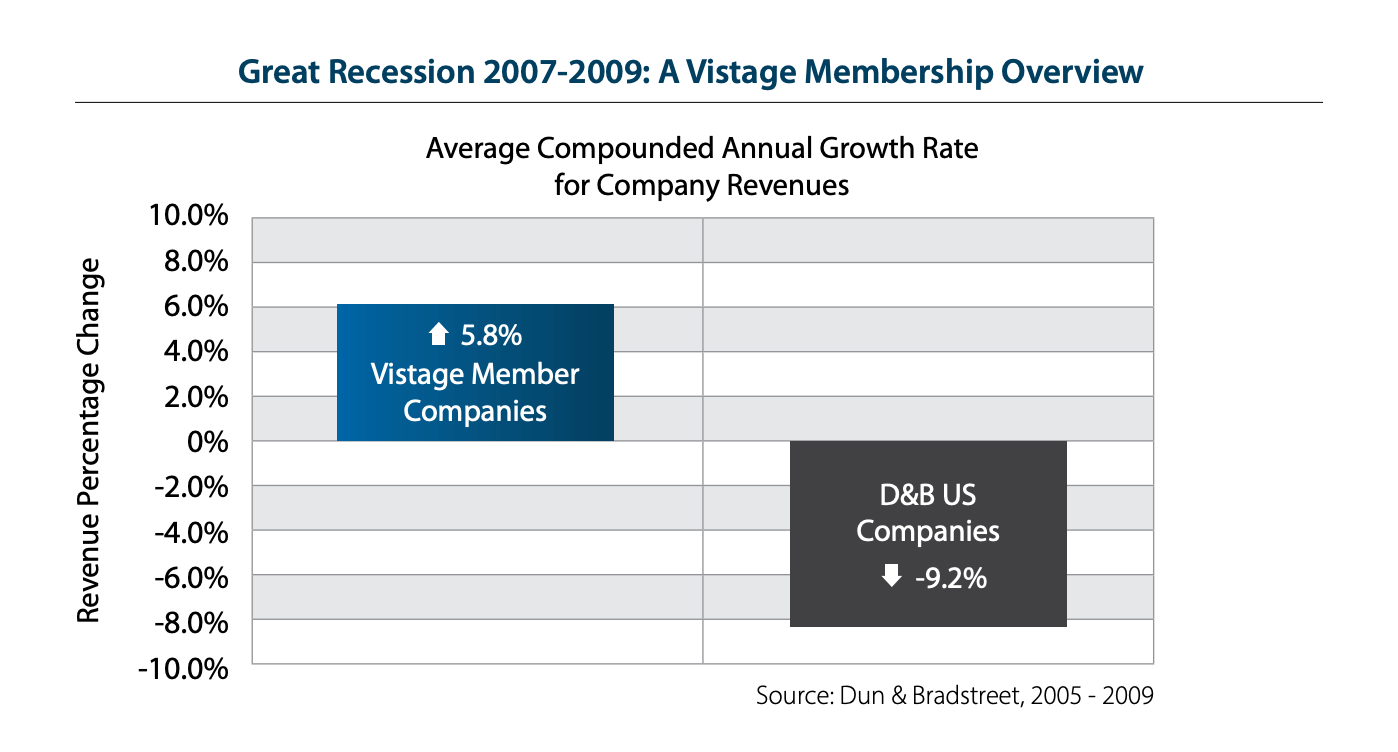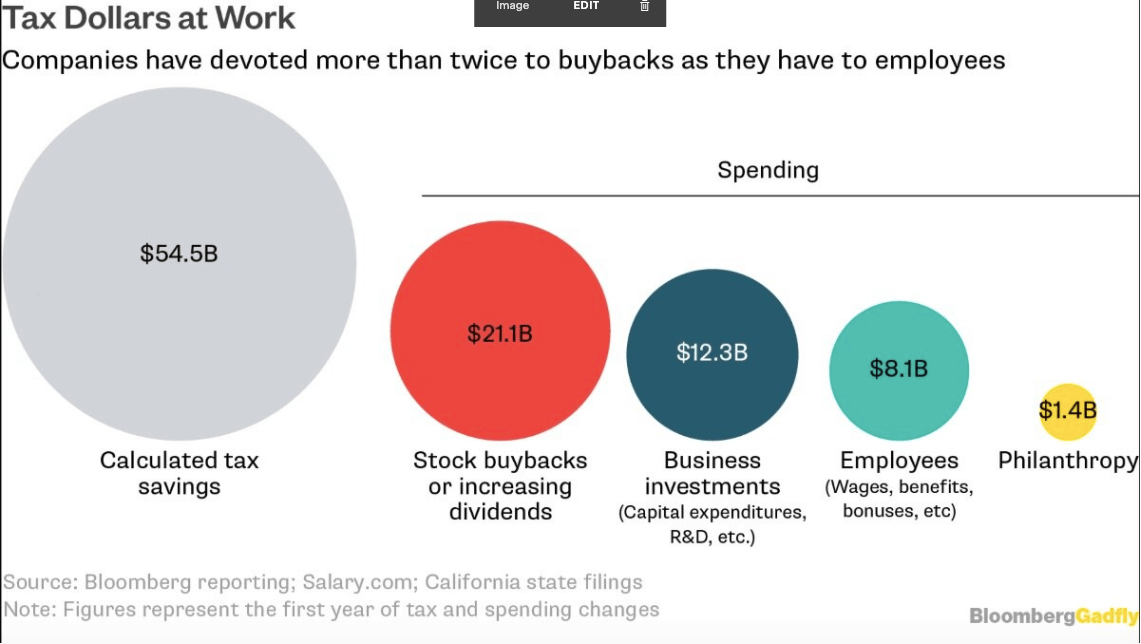Boeing’s 737 Max issues highlighted the company’s sacrifice of safety for financial performance, resulting in a tarnished reputation. The prioritization of profit over core values also damaged the FAA’s credibility and revealed a lack of accountability for top executives. This downfall serves as a reminder of the importance of maintaining core values and prioritizing them over short-term financial gains.

You Should be Excited!
Having a conversation with a Vistage member this week, he said, that while COVID was terrible from a point of deaths and financial damage, it was exciting. I agree! Business owners and CEOs don’t have to work on eking out an additional few points of revenue or margin in the same manner year on year. Whatever your business plan was on March 1st, that is now in the shredder. If you pivoted in December and invested in resources, those may be to use a economist’s term, sunk costs. You need a new business strategy and plan!
As Rahm Emanuel said, “You never let a serious crisis go to waste. And what I mean by that is it’s an opportunity to do things you think you could not do before.” COVID provides CEOs with many opportunities that were unavailable before. Organizations can:
-
pivot their strategy;
-
enter new markets that didn’t exist four months ago;
-
obtain talent that was once unreachable;
-
acquire companies that fit their strategic goals;
-
cut sacred cows, whether they are people, division, or products.
-
move quickly without some of the usual inbuilt restrictions
-
try lots of new things in a continuous A/B testing format.
For a great example, I look to Scott Cowen, President Emeritus and Distinguished University Chair of Tulane University who was President when Hurricane Katrina hit. A little like COVID, one day he was welcoming the class of 2009 to a university with 5,000+ students and thousands of employees, and three days he told the thousands of students and families to turn around and get out. A week later he students and employees all over the country, a city in disarray, a large amount of uninhabitable housing for students, employees many of the services needed by employees no longer available.
“In many ways, Katrina wiped the slate clean,” Cowen said. Cowen led a rebuilding and academic reorganization of Tulane through a rebuilding and academic reorganization, Many of his actions were criticized including the decisions:
-
to merge and eliminate Newcomb College wholly into Tulane, to form a new undergraduate college, Newcomb-Tulane College.
-
to eliminate several departments in the School of Engineering and merge its remaining departments with the science departments in the School of Liberal Arts and Sciences to form a new School of Science and Engineering and a restructured School of Liberal Arts.
Tulane also became the first and only major private research university to incorporate public service into its core curriculum. Many of these things were impossible without the crisis provided by Katrina. Also to house students during the cleanup he chartered a cruise ship and had them docked in the Mississippi to provide housing for students.
As I received my MBA and JD from Tulane, I had the opportunity to hear Scott talk a number of times as he developed and executed his new strategy for Tulane. His concern but excitement and vision during this period were amazing and I was in awe of him and what he had accomplished.
Right now many firms are living their equivalent of Apollo 13, the key to make it “our finest hour.”
Copyright (c) 2020, Marc A. Borrelli
Recent Posts
The Downfall of Boeing: A Lesson in Core Values
Resolutions, Here We Go Again.
In reflecting on 2021 resolutions, the author scored themselves in three categories and sought to improve success in 2022 by addressing friction points. Drawing on advice from social psychologist Wendy Wood, the author identified areas to reduce or increase friction in their failed resolutions. By making these adjustments, the author aims to enhance their goal achievement and encourages others to consider friction when setting resolutions.
You need to take an extended vacation. No, seriously, you do.
COVID has taken a toll on all of us. If you have not taken an extended vacation in a while where you disconnect, you need to now. You and your business will benefit.
Becoming Famous in Your Niche: The Success Story of Linn Products Limited
In a previous discussion, I highlighted the importance of being famous for something. Being well-known in your niche can help you: Concentrate on your strengths Connect with your target audience Communicate your offerings more effectively Receive referrals Identify...
Understanding and Optimizing Your Cash Conversion Cycle
Understanding and optimizing the Cash Conversion Cycle is crucial for business growth, as it impacts cash flow and the ability to access external capital. This cycle consists of four components: Sales, Make/Production & Inventory, Delivery, and Billing and Payments. To improve the Cash Conversion Cycle, companies can eliminate mistakes, shorten cycle times, and revamp their business models.
Discovering Your Niche: Why You Need to Be Famous for Something
As an entrepreneur, it’s crucial to specialize in a specific area and become famous for something, allowing you to generate referrals and build your brand. Understanding the “job” you’re hired for helps you stand out in the marketplace and communicate your value proposition effectively. By providing value to your clients, you can adopt a value-based pricing approach, ensuring your business remains competitive and maintains a strong market presence.
Rethinking Your Pricing Model: Maximizing Margins and Providing Value
Rethink your pricing model by focusing on the value you provide and your customers’ Best Alternative To a Negotiated Agreement (BATNA). This approach can help you maximize margins while delivering better value to your clients. Assess your offerings and brainstorm with your team to identify pricing adjustment opportunities or eliminate commodity products or services.
Do you know your Profit per X to drive dramatic growth?
I recently facilitated a workshop with several CEOs where we worked on the dramatic business growth model components. One of the questions that I had asked them beforehand was, "What is Your Profit/X?" The results showed that there this concept is not clear to many....
The War for Talent: 5 Ways to Attract the Best Employees
In today’s War for Talent, attracting the best employees requires a focus on value creation, core customer, brand promise, and value delivery. Clearly articulate your company’s mission, identify your “core employee” based on shared values, and offer more than just a salary to stand out as an employer. Utilize employee satisfaction metrics and showcase your company’s commitment to its workforce on your website to make a strong impression on potential candidates.
Are you killing your firm’s WFH productivity?
Productivity remained during WFH with COVID. However, further analysis found that hourly productivity fell and was compensated for by employees working more hours. What was the culprit – Meetings. Want to increase productivity, have fewer meetings.
















